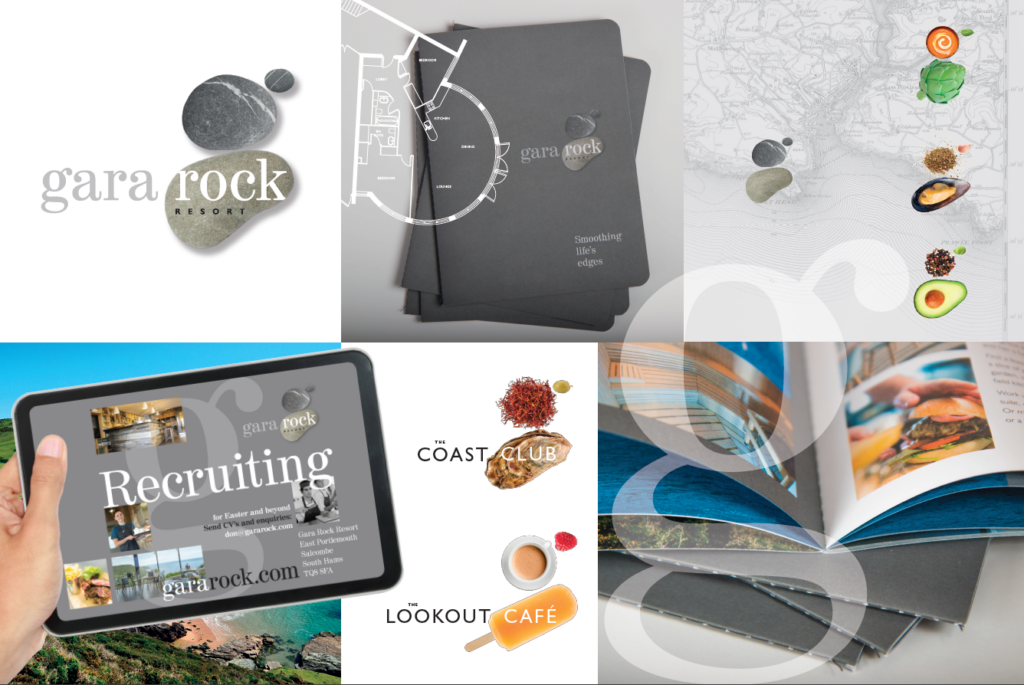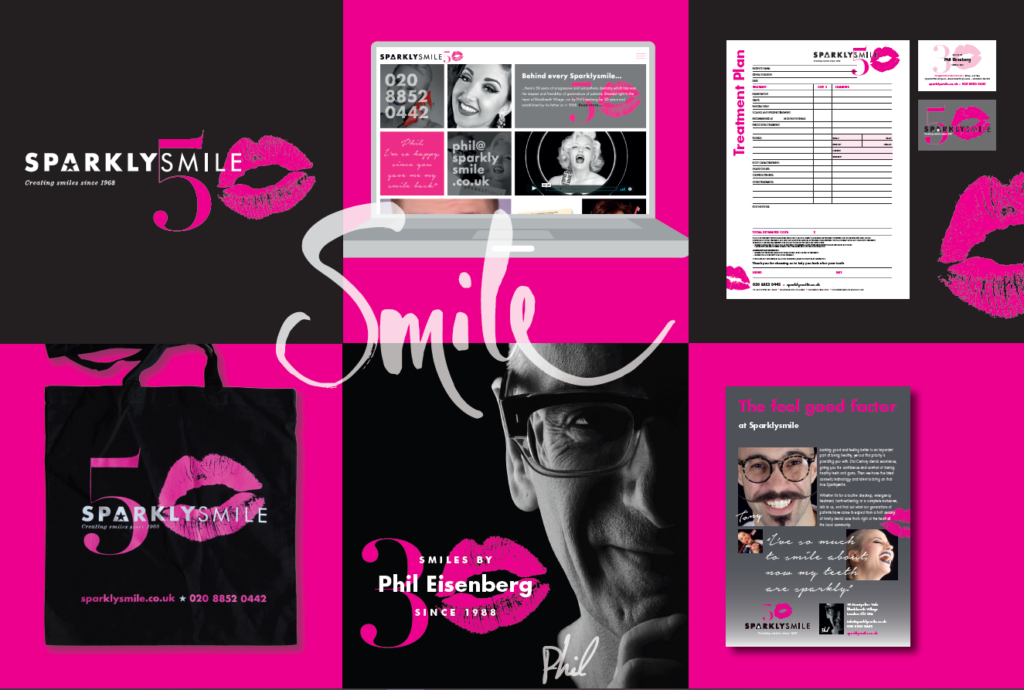10.11.2021
Should I become a Chartered Designer? A conversation with Peta Nash FCSD
Wondering how you can advance your design career further? Becoming a Chartered Designer is one way to take your professional career to the next level. We talk with FCSD Graphic Chartered Designer Peta Nash to demystify the route to Chartership and the benefits of the process not only for designers but for existing and potential clients.
If you want to learn more about Peta and connect with her, you can find her online on Instagram and LinkedIn.
What is a Chartered Designer?
A Chartered professional is a person who has gained a specific level of skill or competence in a particular field of work, which has been recognised by the award of a formal credential by a relevant professional organisation.
In the case of becoming a Chartered Designer, the Chartered Society of Designers (CSD) has the sole power to set up and maintain The Register of Chartered Designers and has the power to award the title of Chartered Designer.
You do not need to be a member of the Society to apply for the Pathway to Chartered Designer, but CSD members do receive a discount on the application fee and exemption from certain elements of the Pathway. Once you become a Chartered Designer you will be awarded Full Membership at MCSD level in your design specialism whilst you maintain your Chartered status.


An earned credential
Peta Nash, a longstanding CSD Fellow, achieved Chartered Designer status in the summer of 2020 after the UK’s first lockdown provided her with the time and motivation to apply for the Pathway.
Speaking of her decision to become Chartered, Peta said: “I’ve always been connected to CSD in some way. Growing up my dad was a member and I saw first-hand the benefits of being part of the wider design community, from London meet-ups through to having access to professionals in other disciplines from law to accounting – all with an understanding and appreciation of what it takes to be a professional designer.
“I became a Fellow in 2003 but had been working with the Society for many years supporting with assessing potential members and those applying to become Chartered – so achieving Chartership is in a way, a full-circle moment for me.
“It took me a little while to pluck up the courage to pursue Chartership because although I wasn’t scared of the process itself, I was nervous of putting myself out there, showcasing my portfolio and ultimately having letters after my name.
“As designers, I think we are ingrained with the idea that credentials go against the creative and free-spirited nature of our work. However, I want to help show that becoming Chartered is more than just a ‘free badge’ it’s something you must earn – you can’t just pay for it – and ultimately it highlights that as a designer you are objectively highly skilled. The process isn’t subjective, it’s based on core competencies beyond ‘making things look pretty’, which I think as designers we should be keen to shout about how much more goes into our work.”
The timeline of becoming a Chartered Designer
Enthusiasm is key when completing the Pathway’s self-analysis. If you’re up to date with your CPD and the creation of case studies and credentials, the process will be relatively streamlined. We would recommend allocating one to three months to compile, check, re-check and review your self-analysis.
Overall, there are five stages to becoming a Chartered Designer:
- Chartered Registration
- Professional Portfolio
- Professional Review
- Chartered Ratification
- Annual Compliance
How long did it take Peta to complete the process? She says: “I am quite strict with myself when it comes to completing case studies and ensuring my portfolio is up to date. Every time I complete a sizeable project, I put together a case study and add the information to both my printed and digital portfolios. Overall, the self-analysis took me around three months to complete. I was spending around a day a week working on it, ensuring I was able to make time to work through the Pathway alongside maintaining my work schedule.
“I would say the most time-consuming part of the process was contacting clients for supporting statements and testimonials. However, when I did speak with clients about pursuing Chartership they were incredibly supportive, as often Chartership is something they are familiar with from their own professional development.”


The CPSK™ matrix
To achieve the status of Chartered Designer you need to complete a self-analysis against the CPSK™ which covers four core criteria: Creativity, Professionalism, Skills and Knowledge. The CPSK is a recognised framework for professional design practice and offers metric benchmarking in both practice and study.
Peta, who saw the CPSK being developed and marked against it as an assessor, said: “Having the CPSK underpin the path to Chartership is incredibly helpful, not only for those applying but also for those assessing their applications. It’s a well-considered approach that scoops up all those tangible and intangible skills needed by great designers, covering the depth and breadth of the sector.”
The benefits of being a Chartered Designer
So, after all that hard work, what are the benefits? Speaking of her own experience to date Peta says: “As I mentioned earlier, having the support of your clients is a fantastic part of the process – I was surprised by how excited my clients were to see me become a Chartered Designer. There was a real sense of pride to be had from talking about the Pathway – what it means, what it shows and ultimately that they now have a Chartered Designer as part of their extended team.
“From a business point of view, the Pathway provided me with the perfect opportunity to re-introduce myself to previous clients and request testimonials. It was fantastic to have a reason to reach out to clients I’ve worked with over the years, not only to remind them of the work I’ve previously delivered but also to showcase how I’m developing my business. This element of the process resulted in me securing new work, which was a wonderful bonus alongside polishing some older case studies.
“When working with some of my larger clients, I often find myself in conversations with people from other backgrounds be it marketing or business development and being positioned as a Chartered Designer has given weight to my opinion and experience when discussing work. I’ve noticed that often, I’m treated as an authority on design, with others deferring to me for my professional insight. Similarly, I’ve also found that the public sector organisations I work with recognise my new credentials internally – this means I’m considered to be more experienced on their systems too – which may not sound very exciting but does stand me in better stead when it comes to securing work.
“Lastly, working through the Pathway was a really enjoyable process for me. It was a fantastic opportunity to look inward and at my career objectively. It was great to make time to consider my processes, celebrate what I’ve achieved to date and investigate ways I could better my business and grow as a professional.”


Once you become a Chartered Designer
Once you achieve the Chartered Designer status you will be added to the Register of Chartered Designers, issued with a certificate, receive full membership of CSD, be provided with your unique Members’ Marque, and have access to your personal online toolkit to record, audit and plan your mandatory CPD. You can also choose to publish your online portfolio of case studies to the CSD’s ‘Find-a-Designer’ public directory. Not least, you will be able to use the authorised and registered title ‘Chartered Designer’™ to signify that you have achieved and maintain the highest level of competence in professional design practice.
Looking for more information on becoming a Chartered Designer?
Simply download the guidelines or apply now if you’re ready to take your design career to the next level.